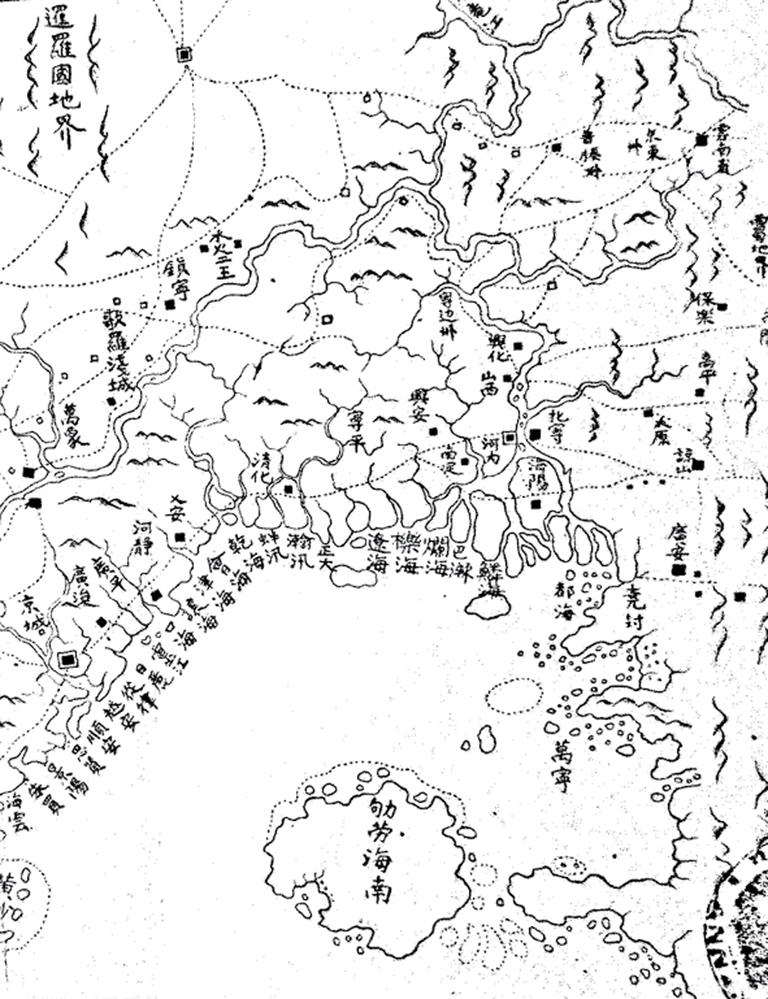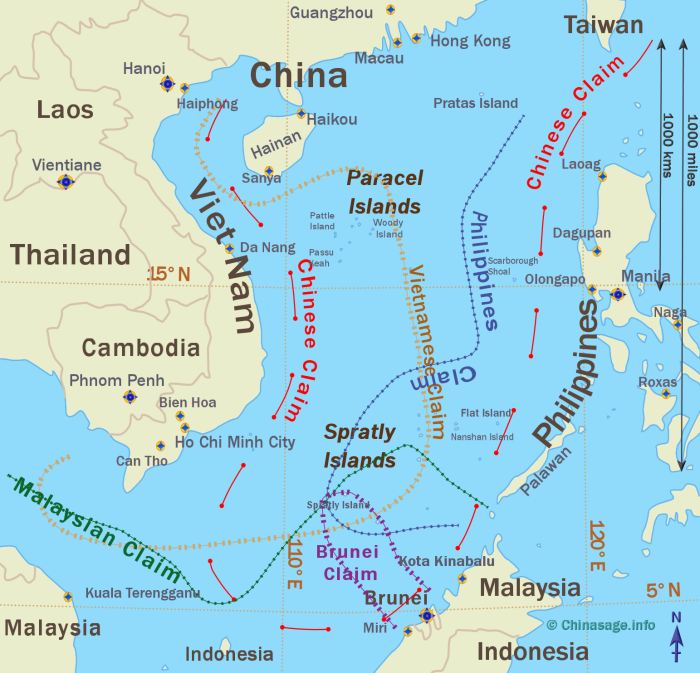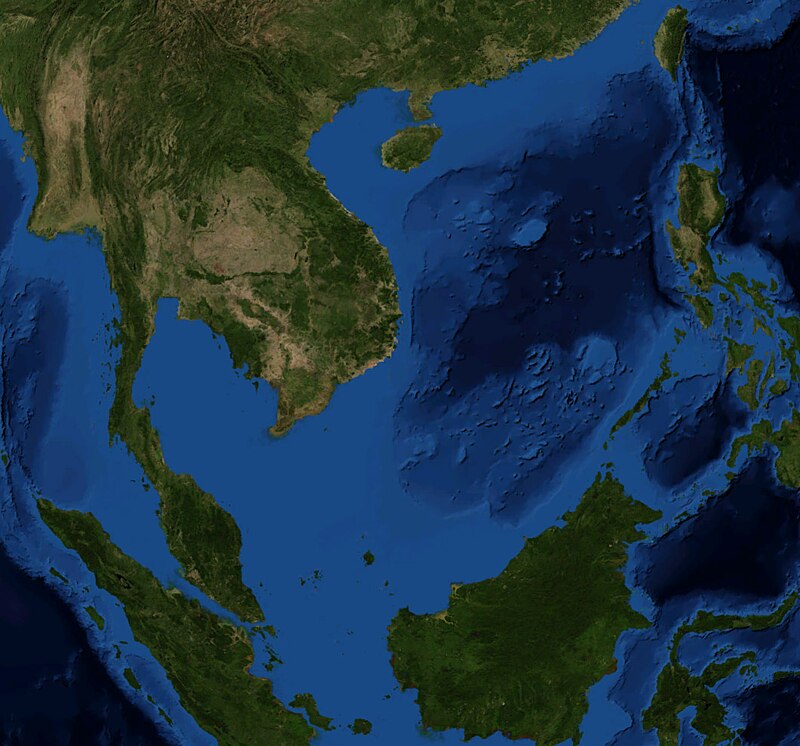South China Sea Island Disputes
(1877 – 1988)
Introduction
Since the release of the ‘UN Report’ in 1968, the South China Sea has been referred to as the ‘second Persian Gulf’ due to its critical role in handling one-third of the world’s shipping, as well as its rich fishing resources, oil, and natural gas. For years, coastal countries (Taiwan, China, Vietnam, the Philippines, Malaysia, Indonesia, etc.) have been embroiled in frequent disputes over sovereignty, including conflicts between China and the Philippines, and high-profile joint military exercises involving the US, Japan, the Philippines, and Australia. These disputes have severely impacted regional security, freedom of navigation, economic stability, and international cooperation alliances. The ‘South China Sea Dispute’ has long attracted significant international attention.
Language: Chinese, English, French
South China Sea Island Disputes Archive is an assembly of select texts, maps, and official documents from various national archives that present a primary record of multiple international territorial disputes surrounding the South China Sea and its various islands in the period 1877 to 1988. Ownership of the three island groups at issue—including the Spratly Islands in the central sea, the Paracel Islands in the northwest, and Scarborough Reef to the northeast—has formed the basis of one of the longest and most complex territorial quarrels in the world, with numerous neighboring countries and European colonial powers laying claim to the region. Although the majority of these islands are not true islands, and in some cases comprise little more than submerged reefs and shoals, they have played host to real violence and bloodshed in the pursuit of maritime hegemony.

This collection consists of archival materials from the earliest days of colonial exploitation and European flag-hoisting in the late 19th century, to armed clashes between the militaries of the Socialist Republic of Vietnam and the People’s Republic of China at the close of the 20th century. The majority of the documentary evidence comes from western powers and among them are documents from the claimant governments. Documents from Western archives have been emphasized because of availability. Some documents by Western governments were included because they also provide historical overviews or legal analyses. The years 1870 to 1990 have been selected to provide some examples of deeply historical claims while emphasizing the pivotal decades immediately preceding and following the Second World War.
The archive presents the complex web of history, trade, and diplomatic engagement in this region of multiple, adjacent international interests. Chinese claims purport to go back to the Han Dynasty, while part of the Chinese argument vis-à-vis Vietnam is that the predecessor of the modern Vietnamese state was a Chinese vassal. Some Vietnamese claims hinge on succession to French rights, especially in regard to the Paracel Islands. Relations among some claimants reflect centuries of rivalry and antagonism that have exacerbated the island disputes and have led to armed conflict. The documents presented in the present collection mirror these tensions, the historical and legal context of which is critical to researching the positions of all parties.
Each document in this collection is richly tagged, full-text searchable, and dynamically discoverable. Users can browse by people, places, and topics (as identified by the collection’s editors), as well as document types (e.g., despatch, map, telegram, letter, etc.). Each object is also georeferenced in a map view, both by geographic origin of the document and by locations associated with items in the collection.


